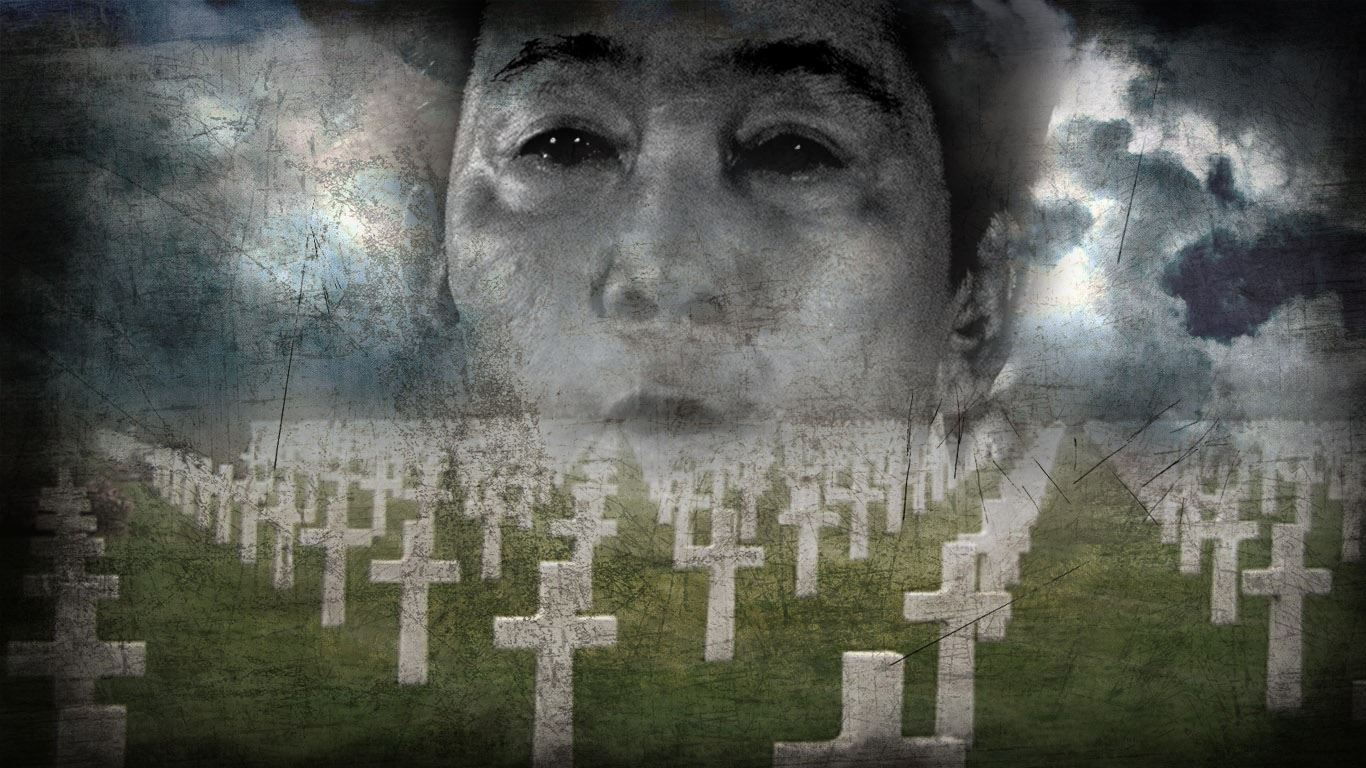President-elect Duterte had pronounced before his proclamation that he would allow the burial of former President Ferdinand Marcos at the Libingan ng mga Bayani because of his past military service during the course of Japanese colonial rule. According to Duterte, this issue created division and hatred among Filipinos. Former CHR (Commission on Human Rights) chairwoman Rosales opposed the president-elect’s plan because she claimed it would betray the people’s defiant struggle against Marcos and his martial law regime. Jose Maria Sison made an urgent public statement calling Rosales a “traitor to the revolutionary cause” for her deafening silence on the human rights violations made under the Oplan Bayanihan of the outgoing Aquino government and the unjust imprisonment of hundreds of political detainees in violation of past peace agreements such as CARHRIHL (Comprehensive Agreement on the Respect for Human Rights and International Humanitarian Law) and JASIG (Joint Agreement on Safety and Immunity Guarantees).
In the Philippines, Catholic tradition suggests that we should give every person a decent burial, whether he is a good or bad person. It also educates Catholic Filipinos not to speak ill of any dead person. However, for surviving martial law victims, the Marcos burial issue is not a simple issue of ‘forgiving’ a bad person and ‘forgetting’ his past mistakes; it is an issue of historical memory and government recognition of excesses and abuses of the martial law regime.

Sison was one of the victims of human rights violations during the martial law regime. In fact, he had been historically considered by eminent Filipino historian Teodoro A. Agoncillo as “the most persecuted Filipino during the Marcos martial law years” being the professed Communist Party of the Philippines founding chairman. He surely knows what he is talking about.
“My bottom line is that the Marcos family keeps the remains of the fascist dictator Marcos in Ilocos Norte to better guard them against the wrath of millions of people severely victimized by the Marcos dictatorship,” he explained.
He clarified that he continues to stand against what he says as “any attempt to make Marcos appear as a hero because he has been conclusively defined as a big traitor by the monstrous crimes of massacres and corruption under the fascist dictatorship.”
“Inasmuch as I think that the Libingan ng mga Bayani is a misnomer and not really a cemetery for heroes but for many traitors, I will not go to war with President Duterte over what is actually his prerogative to allow the burial of Marcos in a burial place for many traitors,” Sison said in reply to the former CHR chairwoman’s opposition.
“We have come to the point of exposing the Libingan ng mga Traydor for what it is. The real martyrs and heroes of the Filipino people are not there but elsewhere,” he added.
Sison has repeatedly explained his stance on this issue when there are gross misrepresentations and misleading news headlines about it. Some headlines in Philippine Daily Inquirer and ABS-CBN News had suggested that he does not see any problem to a Marcos burial, thus intentionally giving a bad impression that he do not agree with the stance of CARMMA (Campaign Against the Return of the Marcoses to Malakanyang) network on this issue. I would try to share more information about CARMMA as a possible primary topic in my future write-ups.


































